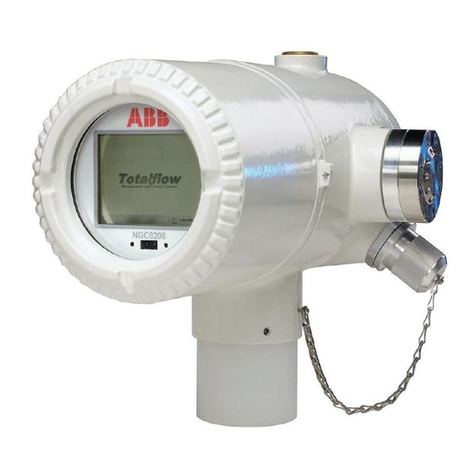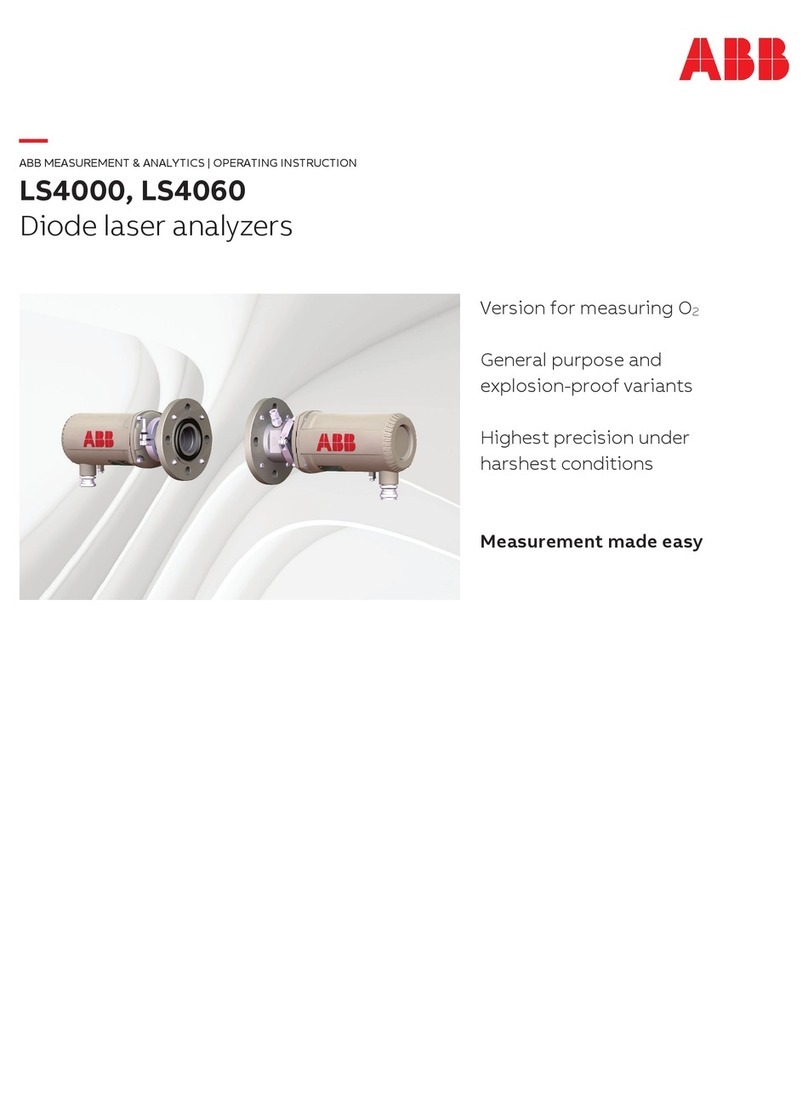ABB C11 User manual
Other ABB Measuring Instrument manuals
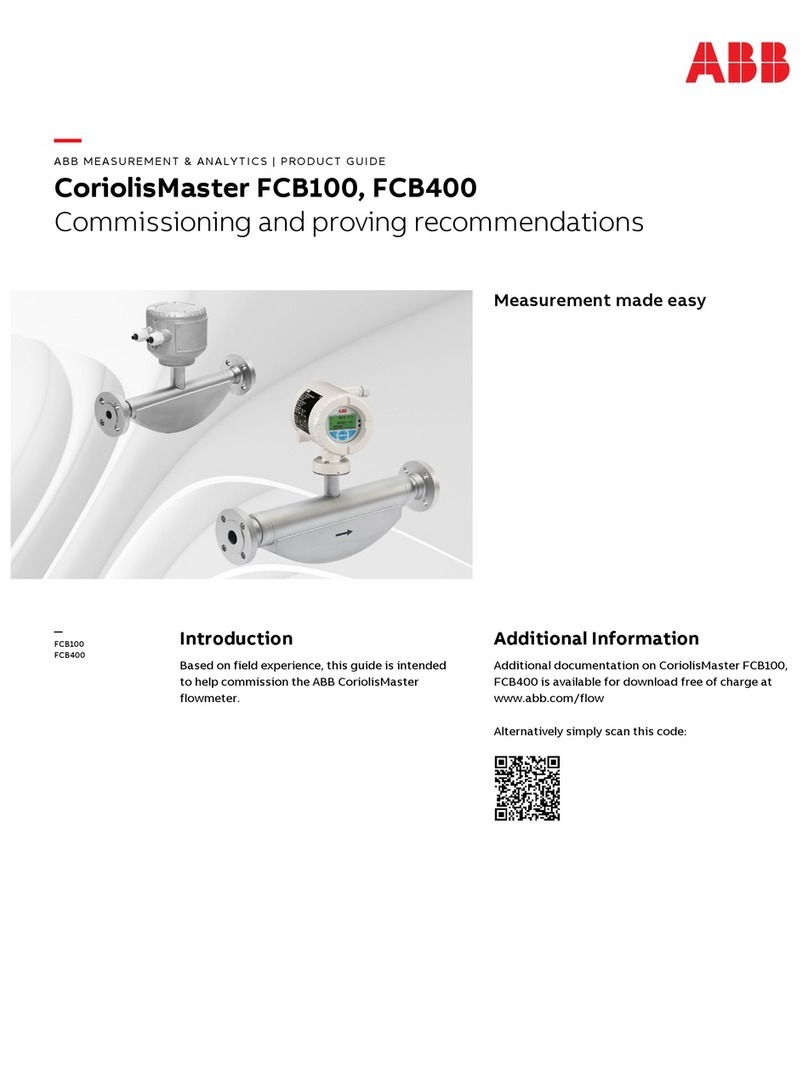
ABB
ABB CoriolisMaster FCB100 User manual
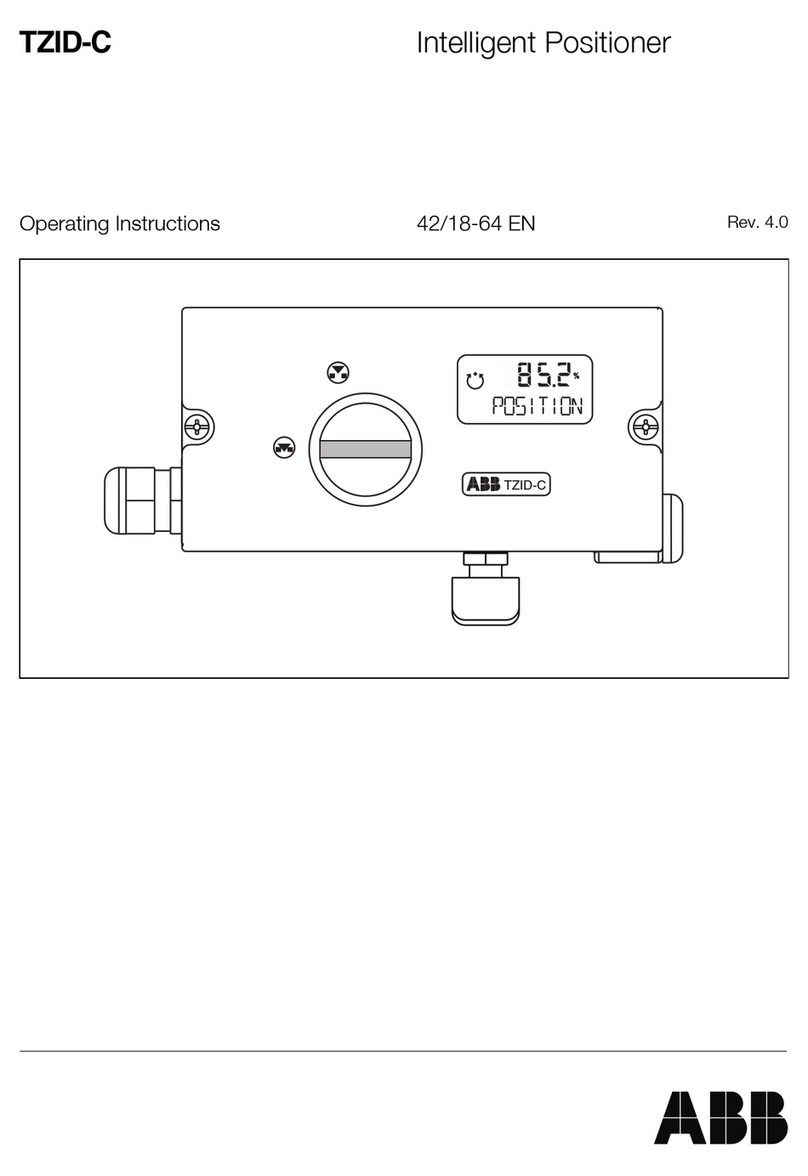
ABB
ABB TZIDC User manual

ABB
ABB LevelMaster 7100 User manual
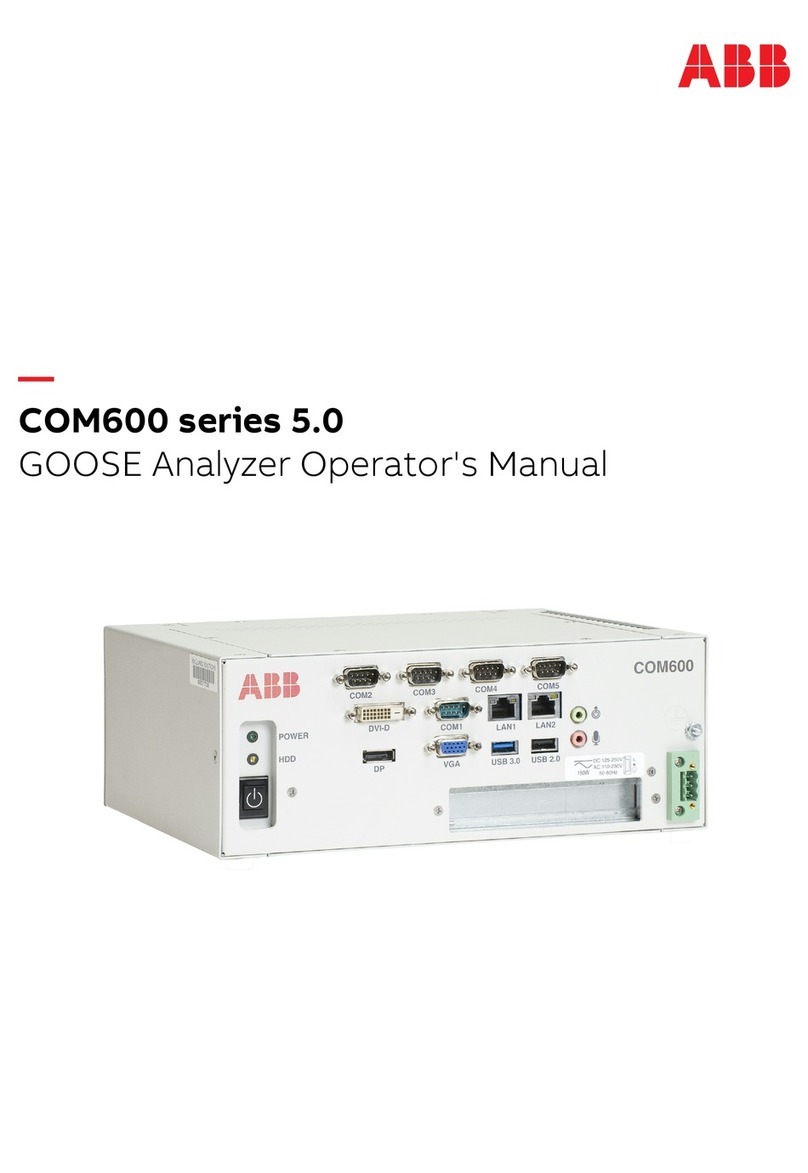
ABB
ABB COM600F ANSI User manual

ABB
ABB EV1 User manual

ABB
ABB INSITE PRO M COMPACT SCU100 User manual
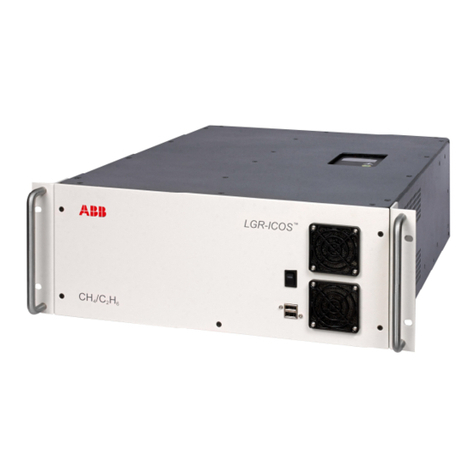
ABB
ABB GLA232 Series User manual

ABB
ABB MagMaster User manual
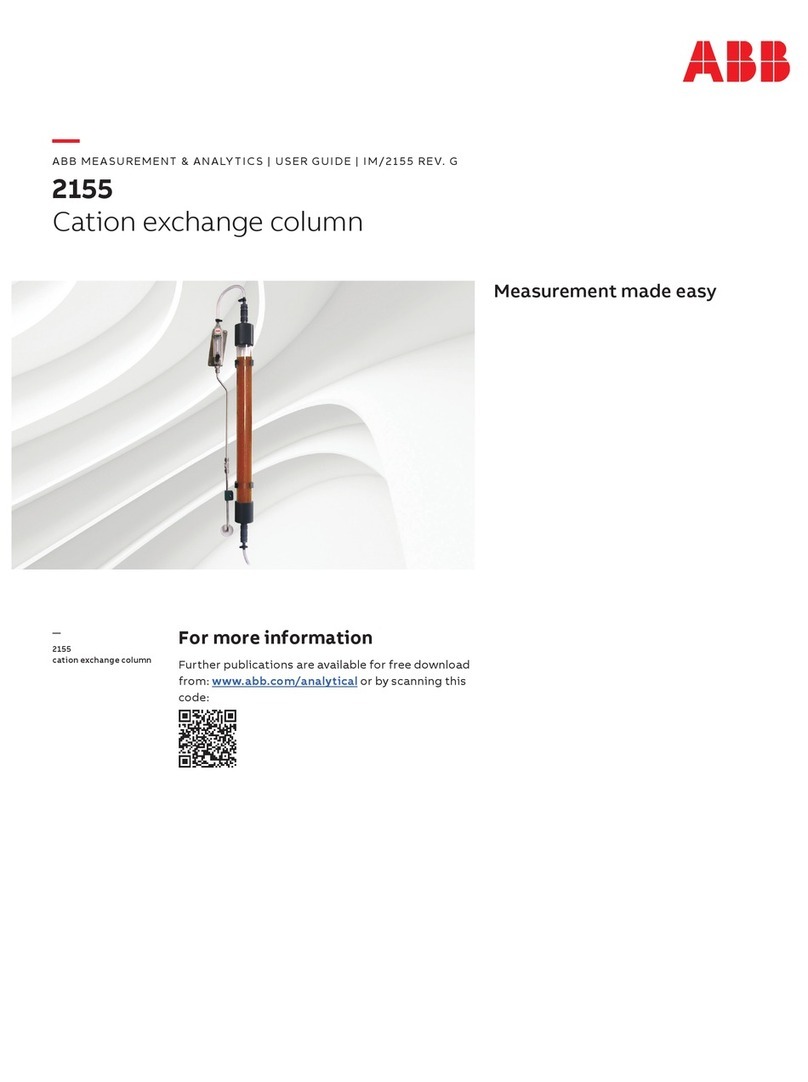
ABB
ABB 2155 User manual

ABB
ABB 8037 User guide
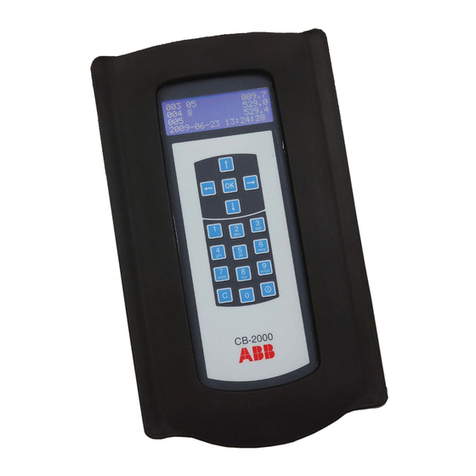
ABB
ABB CB-2000 User manual
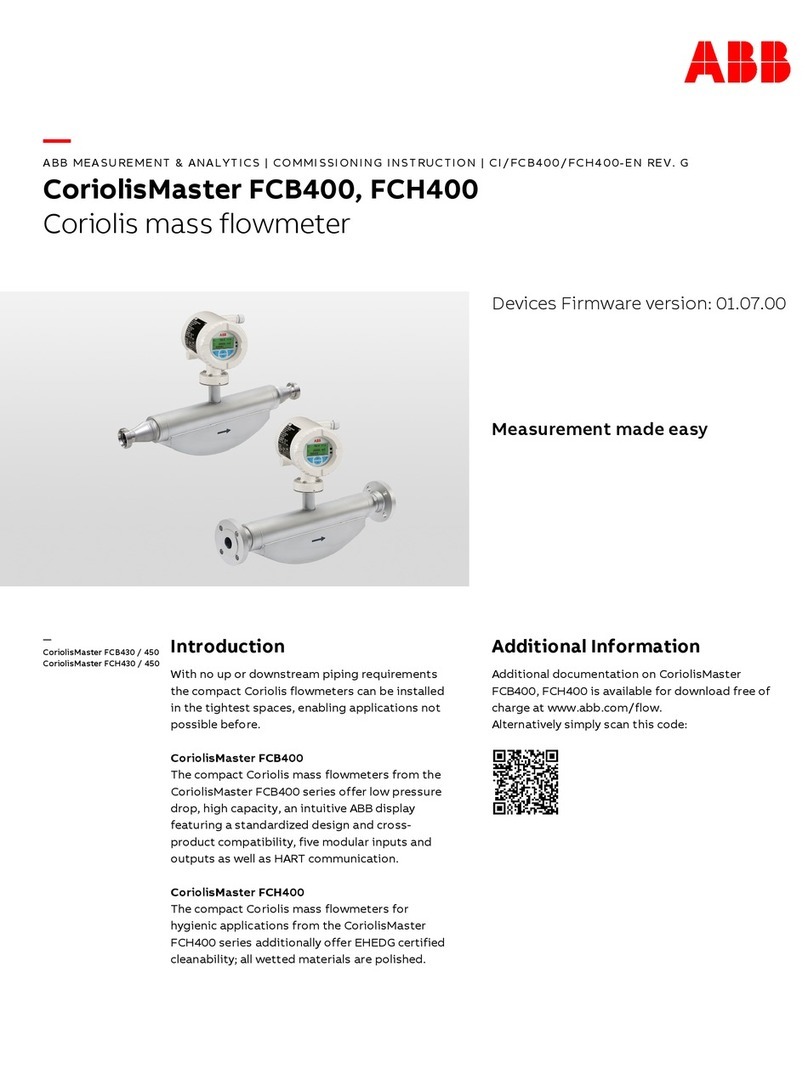
ABB
ABB CoriolisMaster FCHB400 User manual

ABB
ABB MAG-X 3000 Series User manual
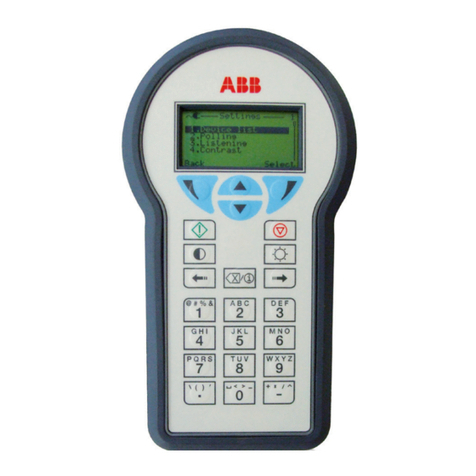
ABB
ABB DHH805-A User manual
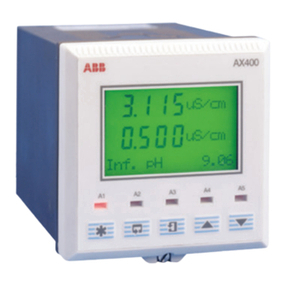
ABB
ABB AX400 Series User manual
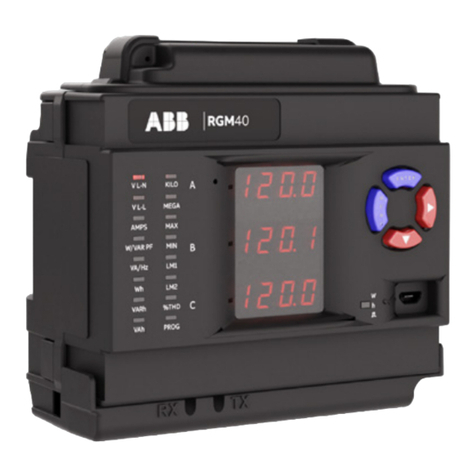
ABB
ABB RGM40 meter User manual

ABB
ABB RMDE-01 User manual
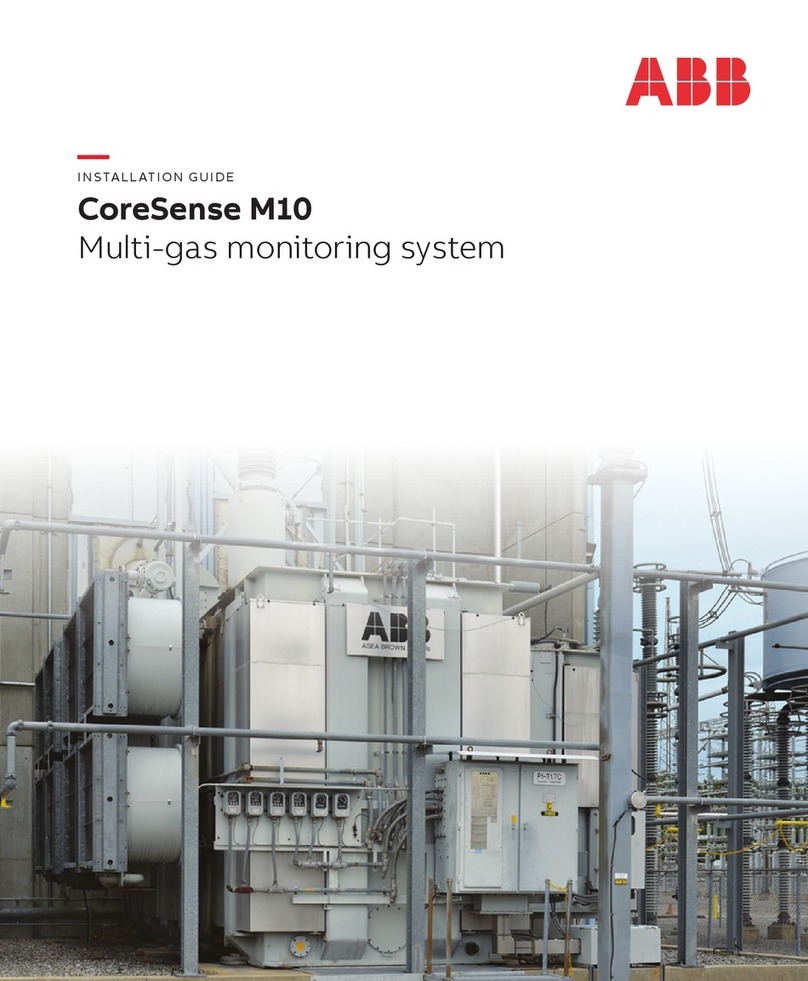
ABB
ABB CoreSense M10 User manual
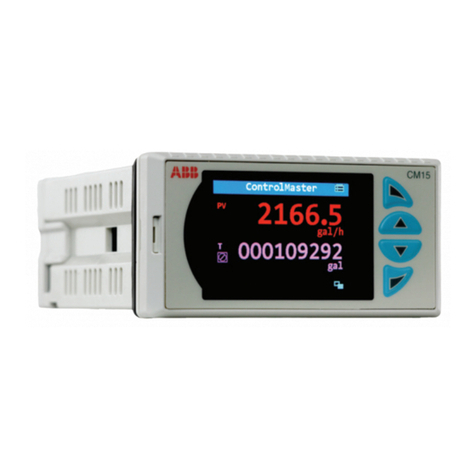
ABB
ABB ControlMaster CM15 User manual
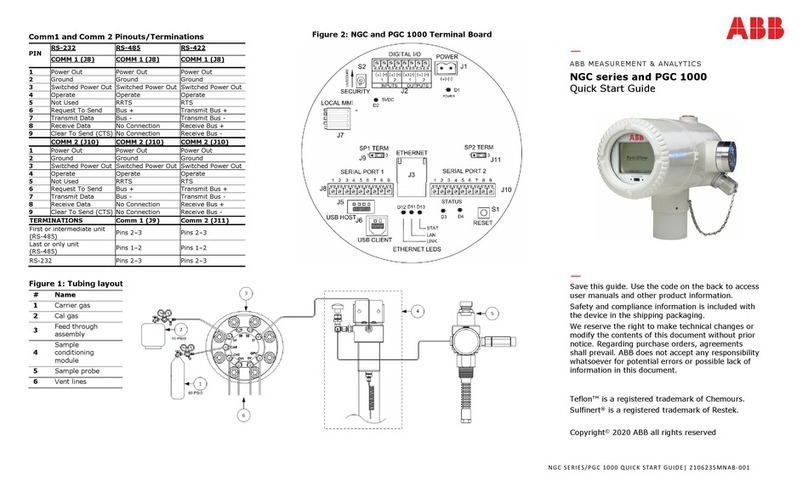
ABB
ABB PGC1000 User manual
